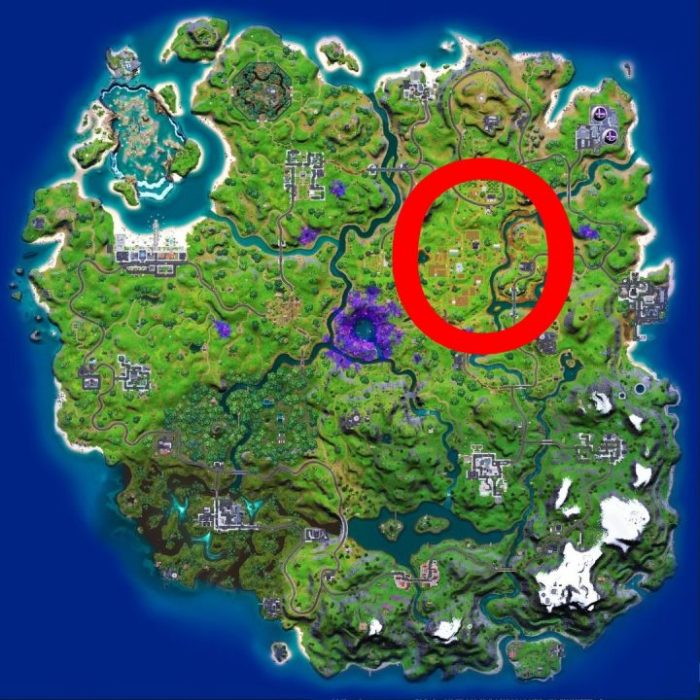Deal damage to opponents – Dealing damage to opponents is a crucial aspect of combat in any game. In this guide, we will explore the various types of damage, methods of dealing damage, and techniques for mitigating damage. Understanding these concepts will empower you to dominate your opponents and emerge victorious.
The different types of damage, methods of dealing damage, and damage mitigation strategies are essential components of combat. By mastering these elements, you can optimize your damage output and minimize the damage you receive, giving you a significant advantage in battle.
Types of Damage
In any combat system, understanding the different types of damage that can be dealt to opponents is crucial for strategic gameplay. Each type of damage possesses unique strengths and weaknesses, making it effective against certain enemies or in specific situations.
Physical Damage
- Inflicts direct damage to the opponent’s health pool.
- Examples: Melee attacks, ranged weapons, physical skills.
- Strengths: Generally reliable and effective against most enemies.
- Weaknesses: May be less effective against enemies with high physical resistance.
Magical Damage
- Damages the opponent’s mana pool or other magical attributes.
- Examples: Spells, incantations, magical skills.
- Strengths: Effective against enemies with low magical resistance.
- Weaknesses: May be less effective against enemies with high magical resistance.
Elemental Damage
- Deals damage based on specific elements, such as fire, ice, or lightning.
- Examples: Fireball, ice storm, lightning bolt.
- Strengths: Can exploit elemental weaknesses of certain enemies.
- Weaknesses: May be ineffective against enemies with resistance to the specific element.
True Damage
- Ignores all forms of damage resistance and mitigation.
- Examples: Certain ultimate abilities, environmental hazards.
- Strengths: Guaranteed damage output.
- Weaknesses: Often limited in availability or usage.
Methods of Dealing Damage
In combat, there are numerous ways to inflict damage upon opponents. Understanding these methods and their effectiveness is essential for maximizing damage output and gaining an advantage in battle.
Melee Attacks

- Direct physical attacks using weapons or unarmed combat.
- Examples: Sword strikes, punches, kicks.
- Effectiveness: Generally reliable, but limited by range and potential for counterattacks.
Ranged Attacks
- Attacks from a distance using projectiles or ranged weapons.
- Examples: Arrows, bullets, thrown objects.
- Effectiveness: Allows for safer damage output but may have lower damage potential compared to melee attacks.
Magical Attacks
- Attacks that utilize magical energy to inflict damage.
- Examples: Fireballs, ice storms, lightning bolts.
- Effectiveness: Can be very powerful but often require mana or other resources.
Area of Effect (AoE) Attacks

- Attacks that damage multiple opponents within a specified area.
- Examples: Explosions, poison clouds, chain lightning.
- Effectiveness: Efficient for clearing large groups of enemies but may require careful positioning.
Critical Hits
- Attacks that deal significantly increased damage due to factors such as luck or skill.
- Examples: Headshots, backstabs, lucky rolls.
- Effectiveness: Can drastically increase damage output but are often unreliable.
Damage Mitigation

In combat, mitigating damage dealt by opponents is crucial for survival and victory. There are various ways to reduce or negate incoming damage, each with its own advantages and disadvantages.
Armor and Resistance
- Physical armor and magical resistance reduce the amount of damage taken from corresponding attacks.
- Examples: Plate armor, magic cloaks, elemental shields.
- Effectiveness: Provides a passive and reliable way to mitigate damage.
Evasion and Dodge
- Increases the chance of avoiding or dodging attacks altogether.
- Examples: Agility, evasion skills, nimble movements.
- Effectiveness: Can completely negate damage but often relies on luck or specific conditions.
Blocking and Parrying
- Active abilities that reduce or deflect incoming attacks.
- Examples: Shields, sword parries, martial arts blocks.
- Effectiveness: Requires timing and skill but can be very effective against melee attacks.
Healing and Regeneration, Deal damage to opponents
- Restores health or other resources to mitigate the effects of damage.
- Examples: Potions, healing spells, regenerative abilities.
- Effectiveness: Allows for sustained combat but may require resources or downtime.
Crowd Control

- Abilities that incapacitate or hinder opponents, reducing their ability to deal damage.
- Examples: Stuns, slows, knockbacks.
- Effectiveness: Can prevent opponents from attacking or positioning themselves effectively.
Damage Scaling
Understanding how damage scales with various factors is essential for optimizing character builds and combat strategies. Damage scaling determines the increase in damage output based on factors such as level, stats, and equipment.
Level Scaling
- As characters level up, their base damage output increases.
- Examples: Each level provides a set bonus to damage.
- Importance: Allows characters to progress and deal more damage as they advance in the game.
Stat Scaling
- Certain stats, such as strength or intelligence, directly affect damage output.
- Examples: Each point in strength increases physical damage.
- Importance: Allows players to customize their characters and focus on specific damage types.
Equipment Scaling
- Weapons, armor, and accessories can provide bonuses to damage.
- Examples: A sword with a higher attack rating deals more damage.
- Importance: Enables players to further enhance their damage output through itemization.
Skill Scaling
- Certain skills and abilities scale with specific stats or level.
- Examples: A fireball spell deals more damage as the caster’s intelligence increases.
- Importance: Allows for strategic skill selection and specialization.
Detailed FAQs: Deal Damage To Opponents
What are the different types of damage?
Damage can be classified into various types, such as physical, magical, elemental, and status effects.
How can I deal more damage to opponents?
There are numerous ways to increase your damage output, including upgrading your weapons and armor, acquiring new skills and abilities, and utilizing buffs and debuffs.
How can I mitigate damage from opponents?
Damage mitigation techniques include using defensive abilities, wearing protective gear, and utilizing consumables that reduce incoming damage.
